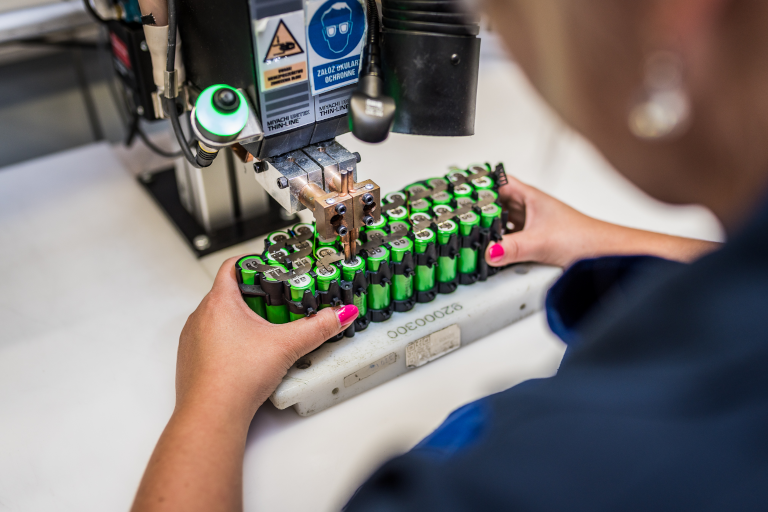The cycle life of a battery is a significant factor. It is essentially the number of times the battery can be charged then discharged, before it reaches its predefined End of Life capacity. The cycle life can be influenced by several factors, and on this page, we’re going to take a short look at what these factors are.
Temperature
Temperature can have a huge effect on the cycle life of a battery, as it affects the chemical reactions taking place within. The optimum temperature for a battery is 25°C. Should the battery experience temperatures higher or lower than this figure, it can suffer from capacity loss.
Currents
Now we move onto the currents. Quite simply, higher currents usually cause more heat to be generated and more stress on the battery, so it won’t surprise you to read that this can have a negative effect on the life cycle of a battery.
DoD/Voltage window
It is not recommended to charge batteries from 0% SoC to 100% SoC,
as this will adversely affect the cycle life. Instead, batteries should be charged from something like 20% to 80%. This can be done by the user, or alternatively, the manufacturer of the BMS can build this feature into their product.
Battery age
This age of a battery also affects life cycle. Older batteries can have
a shorter cycle life due to self-discharge and parasitic reactions. This means that batteries stored for a long time before being used will have a lower cycle life.
End of life threshold
The End of Life threshold is set by the manufacturer and is usually somewhere around 60-80% of initial capacity. If one producer defines
the EoL as 70%, it will probably have a higher life cycle than if it had been defined as 80%.
It is not always the case that the battery needs to be replaced when
it reaches its EoL. It can continue to be used, but will have limited performance, which will further deteriorate over time. On the other hand, batteries can fail earlier than expected, especially if misused, mechanically stressed, or stored outside their recommended conditions.
